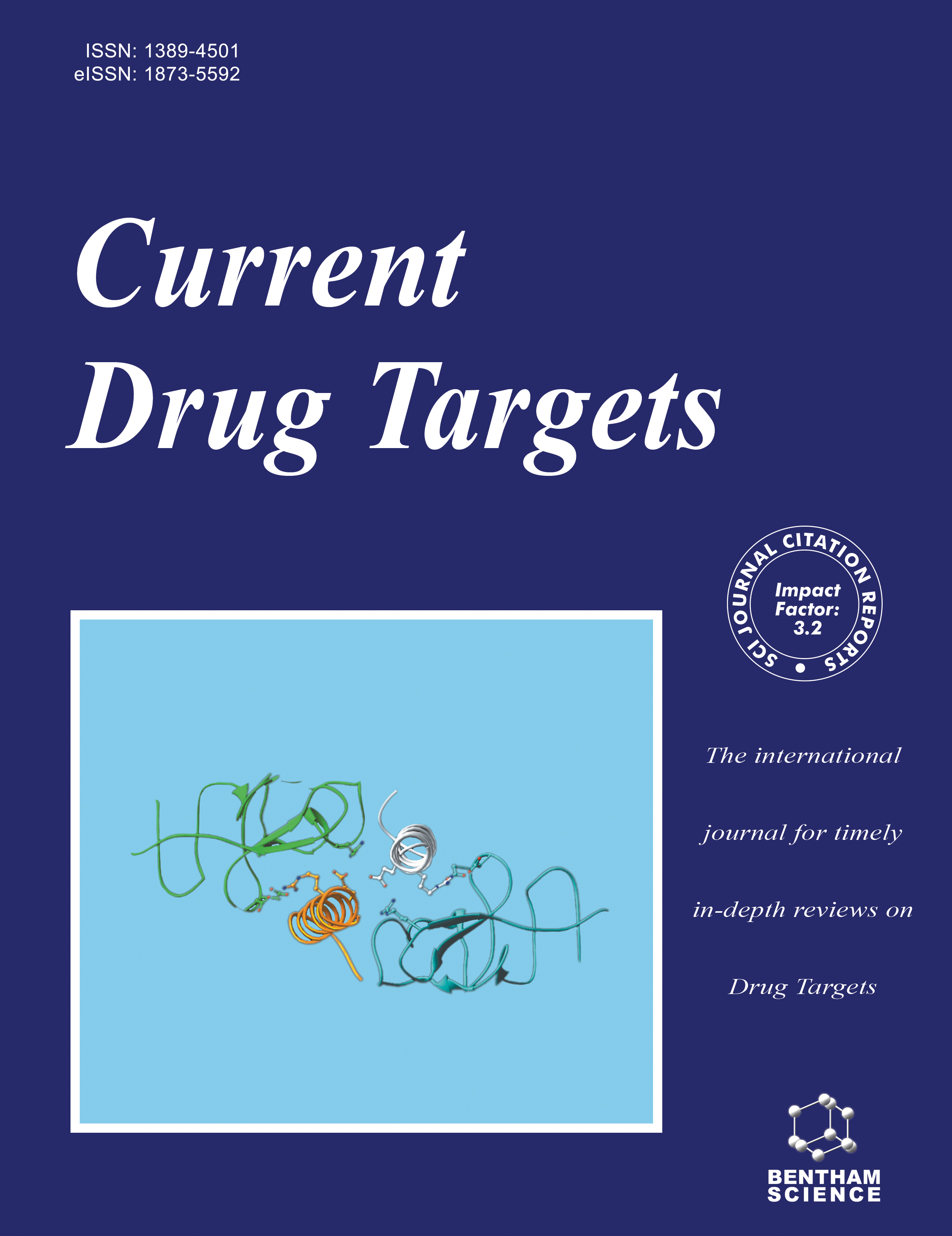
Full text loading...
Diseases triggered by glucose and lipid metabolic disorders, such as hyperglycemia and hyperlipidemia, have become a global health threat. According to statistics, diabetic patients have exceeded 463 million worldwide, and the prevalence of hyperlipidemia is also continuously rising. These glycolipid metabolic diseases not only significantly increase the risk of complications such as cardiovascular disease, stroke, and kidney disease but also impose a huge economic burden on the global healthcare system. Despite the continuous emergence of treatment methods for glucose and lipid metabolic diseases with the advancement of research technology, existing therapies still face many challenges. In recent years, the rapid development of nanotechnology has injected new vitality into the medical field. As an emerging research field, nanomedicine has attracted much attention for its application prospects in the treatment of glycolipid metabolic diseases. Nanotechnology is expected to provide more precise and efficient solutions for the treatment of these diseases, thereby reducing global health and economic pressures.
The objective of this article is to comprehensively review the relationship between nanotechnology and glucose and lipid metabolism.
We have carried out a series of literature searches, focusing on glycolipid effects and toxicity of nano-materials.
Nanoparticles as drug carriers or nanoparticles enhance bioavailability and activity. Nano-material-based optical reporters aid in detecting lysosome lipid content, facilitating treatment and drug development for glucose and lipid metabolism disorders. Additionally, nanomaterials find applications in glucose biofuel cells and microalgal lipid metabolism regulation. However, nanomaterials, such as polystyrene nanoplastics, may have toxic effects, inducing macrophage transformation and lipid accumulation in the liver.
The development of nanotechnology is still in its infancy, and many disease-based studies are still in the stage of animal experiments and have not yet been applied in clinical practice. However, the universality and multilateralism of the use of nanotechnology give it excellent development prospects and also provide a research direction for medical research.

Article metrics loading...

Full text loading...
References


Data & Media loading...

